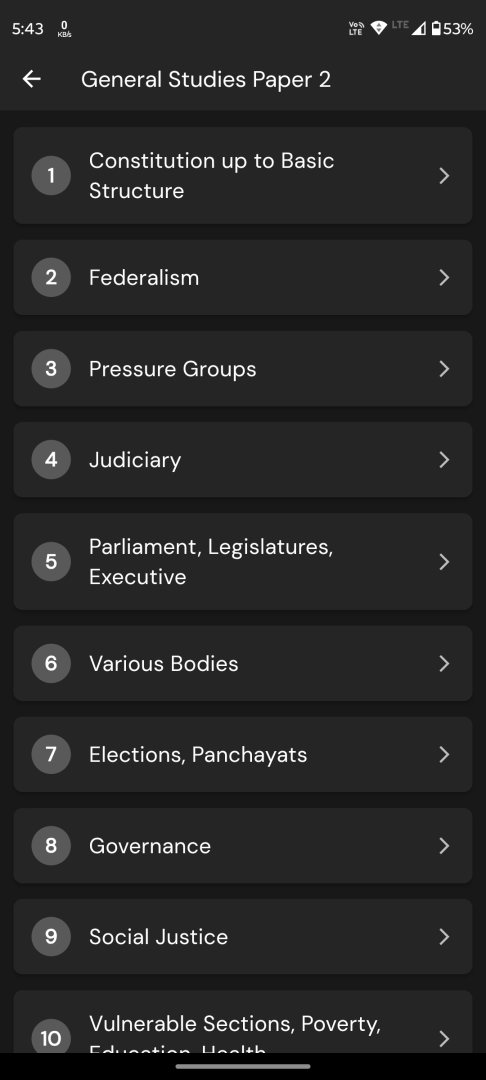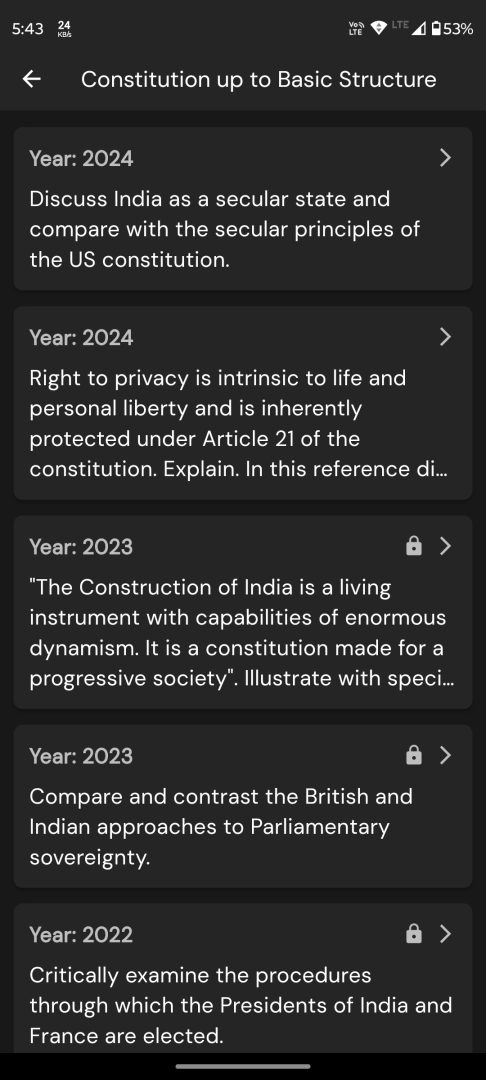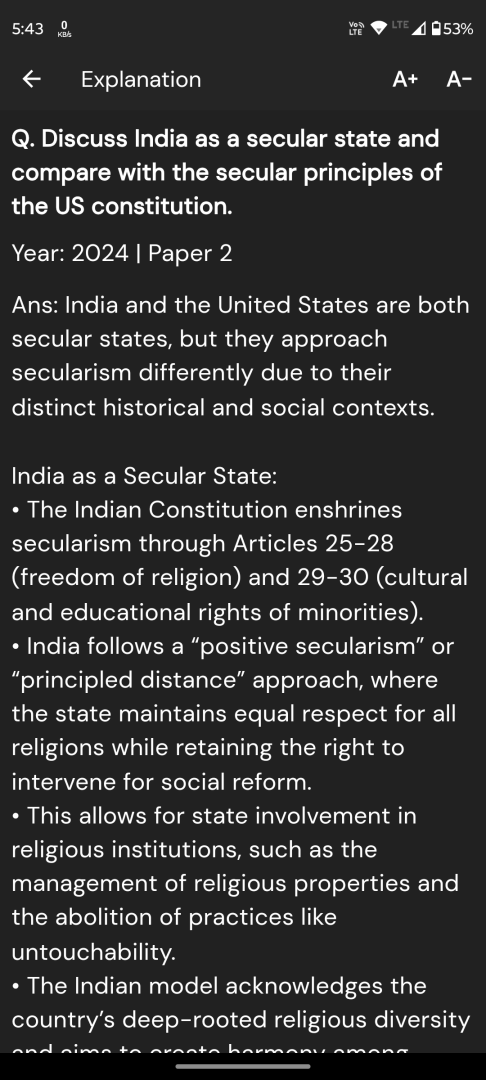Q. Examine the factors responsible for depleting groundwater in India. What are the steps taken by the government to mitigate such depletion of groundwater?
UPSC Mains 2025 GS3 Paper
Model Answer:
Groundwater Depletion in India: Causes and Government Response
India, the world’s largest groundwater user extracting ~250 cubic km annually, faces a critical water crisis with groundwater levels declining at 0.3-0.7 meters yearly, threatening water security for millions.
Factors Responsible for Depletion:
Agricultural Over-extraction (89% of total usage):
• Green Revolution’s legacy of water-intensive crops continues with paddy cultivation in Punjab-Haryana witnessing 0.7-1.2m annual decline
• Free/subsidized electricity enables excessive pumping, making over-extraction economically viable (Punjab’s free power policy)
• MSP-driven cropping patterns ignore regional water availability (sugarcane in Maharashtra)
Urban-Industrial Pressures:
The rapid urbanization has intensified groundwater dependency with Delhi’s water table plummeting 24 meters (2011-2020). Industrial growth coupled with inadequate piped water supply forces cities to rely heavily on groundwater. Concretization reduces natural recharge areas while industrial effluents contaminate aquifers.
Structural-Climate Factors:
• Weak regulatory framework treats groundwater as private property linked to land ownership
• Climate change brings erratic monsoons affecting natural aquifer recharge
• Rising temperatures increase evaporation rates, stressing water availability further
Government Mitigation Measures:
Major Schemes Launched:
• Atal Bhujal Yojana – World Bank-supported community participation program in seven water-stressed states focusing on demand-side management
• Jal Shakti Abhiyan (2019) – Targets 256 water-stressed districts through rainwater harvesting and water body renovation
• NAQUI – Scientific aquifer mapping by CGWB for area-specific management plans
• PM Krishi Sinchayee Yojana – “Per Drop More Crop” promoting micro-irrigation (drip/sprinkler systems)
Regulatory-Conservation Initiatives:
The Central Ground Water Authority regulates extraction while the Model Groundwater Bill (2017) enables state-level legislation. MGNREGA convergence creates water harvesting structures (check dams, percolation tanks). The Amrit Sarovar Mission targets rejuvenating 75 water bodies per district.
Conclusion:
Success requires integrating traditional wisdom with modern technology, rationalizing subsidies, and strengthening community-led water governance for sustainability.




